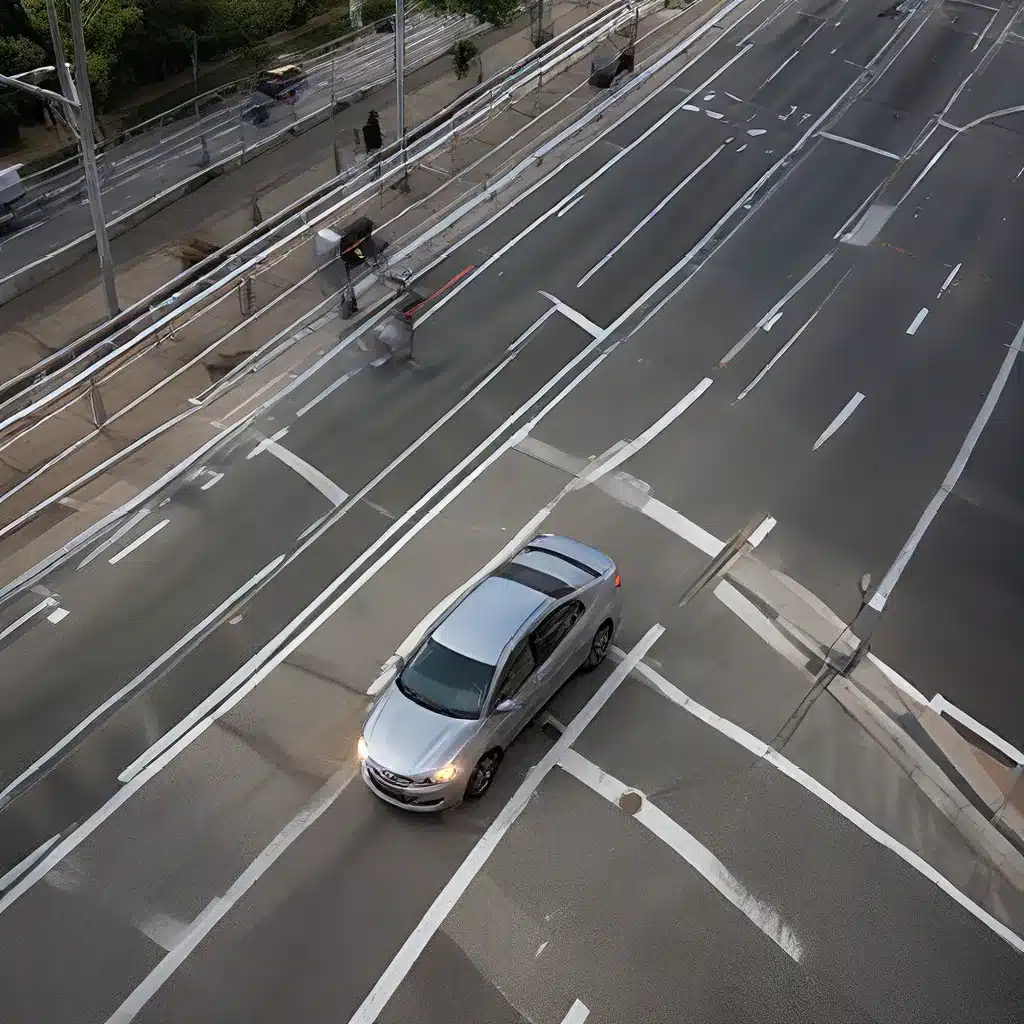
In the rapidly evolving world of sensor networks and the Internet of Things (IoT), the ability to harness heterogeneous sensor data has become increasingly crucial. Sensor fusion, the process of integrating multiple sensor inputs, has emerged as a powerful technique to unlock a wealth of multimodal insights – insights that can transform how we understand and interact with our environments.
The Rise of Sensor Networks and IoT
Sensor networks have revolutionized our approach to data collection and analysis. These interconnected systems, composed of sensors, communication modules, and processing units, have permeated various industries, from smart cities and environmental monitoring to healthcare and industrial automation. By strategically placing sensors across diverse environments, we can gather a wealth of information, ranging from temperature and humidity to air quality and motion detection.
The Internet of Things has further amplified the impact of sensor networks, enabling the seamless integration of these data sources with cloud computing and advanced analytics. IoT devices, equipped with sensors, connectivity, and intelligent algorithms, have become ubiquitous, empowering us to make data-driven decisions in real-time.
The Power of Sensor Fusion
At the heart of this transformative technology is the concept of sensor fusion. By combining multiple sensor inputs, sensor fusion allows us to extract richer and more comprehensive insights than what could be obtained from individual sensors alone. This powerful technique enables us to:
-
Enhance Accuracy: Sensor fusion can leverage the strengths of different sensor modalities to improve the overall accuracy of measurements and reduce errors that may arise from a single sensor.
-
Increase Reliability: By cross-validating data from various sensors, sensor fusion can enhance the reliability of the information, mitigating the impact of sensor failures or environmental interference.
-
Unlock Multimodal Insights: The integration of heterogeneous sensor data can reveal complex relationships and patterns that would be difficult to discern from individual sensor inputs. This facilitates a deeper understanding of the underlying phenomena and enables more informed decision-making.
Applications of Sensor Fusion
The applications of sensor fusion are vast and far-reaching, transforming various industries and domains:
Smart Cities and Infrastructure Monitoring
In smart cities, sensor fusion plays a pivotal role in monitoring and managing critical infrastructure, such as traffic flow, energy consumption, and environmental conditions. By integrating data from traffic sensors, energy meters, and environmental monitoring devices, cities can optimize resource allocation, reduce congestion, and enhance sustainability.
Sensor fusion has enabled the development of advanced traffic management systems, allowing real-time traffic monitoring and dynamic route optimization. Similarly, the integration of energy consumption data from various sources, such as smart meters and building automation systems, can help identify inefficiencies and implement energy-saving strategies.
Healthcare and Wellness Monitoring
In the healthcare sector, sensor fusion has revolutionized patient monitoring and personalized wellness applications. By combining data from wearable devices, implanted sensors, and environmental monitors, healthcare providers can track vital signs, monitor chronic conditions, and detect early warning signs of health issues.
Sensor fusion in healthcare has enabled the development of comprehensive monitoring systems, which can continuously track a patient’s physical and physiological parameters, providing early intervention opportunities and personalized treatment plans.
Industrial Automation and Predictive Maintenance
In the industrial realm, sensor fusion has become a crucial enabler of advanced automation and predictive maintenance. By integrating data from production sensors, equipment monitors, and environmental sensors, manufacturers can optimize production processes, predict equipment failures, and reduce downtime.
Sensor fusion algorithms can analyze vibration patterns, temperature fluctuations, and other sensor data to identify potential equipment issues before they occur, allowing for proactive maintenance and increased operational efficiency.
Addressing the Challenges of Sensor Fusion
While the benefits of sensor fusion are evident, there are several challenges that must be addressed to fully harness its potential:
-
Data Integration and Compatibility: Integrating data from diverse sensor types, communication protocols, and data formats can be a complex and time-consuming task. Ensuring interoperability and seamless data integration is crucial for effective sensor fusion.
-
Data Quality and Reliability: Ensuring the accuracy, completeness, and timeliness of sensor data is vital for reliable sensor fusion. Addressing sensor calibration, data filtering, and anomaly detection is essential.
-
Computational Complexity: Sensor fusion algorithms can be computationally intensive, especially when dealing with large-scale sensor networks and real-time applications. Optimizing the processing power and memory requirements is necessary to enable efficient and scalable sensor fusion solutions.
-
Security and Privacy: As sensor networks and IoT devices collect and transmit sensitive data, ensuring robust security and data privacy measures is paramount. Addressing encryption, access control, and data anonymization is crucial for safeguarding the integrity and confidentiality of sensor data.
The Future of Sensor Fusion
As the Internet of Things and sensor networks continue to evolve, the role of sensor fusion will only become more prominent. The integration of emerging technologies, such as 5G, edge computing, and artificial intelligence, will further enhance the capabilities of sensor fusion, enabling real-time, intelligent, and context-aware decision-making.
The future of sensor fusion holds the promise of deeper insights, smarter infrastructure, and personalized experiences. By harnessing the power of heterogeneous sensor data, we can unlock a new era of multimodal understanding and transformative applications across a wide range of industries.
Explore the possibilities of sensor fusion at sensor-networks.org, where you can discover the latest advancements, innovative use cases, and expert insights shaping the future of sensor networks and IoT.